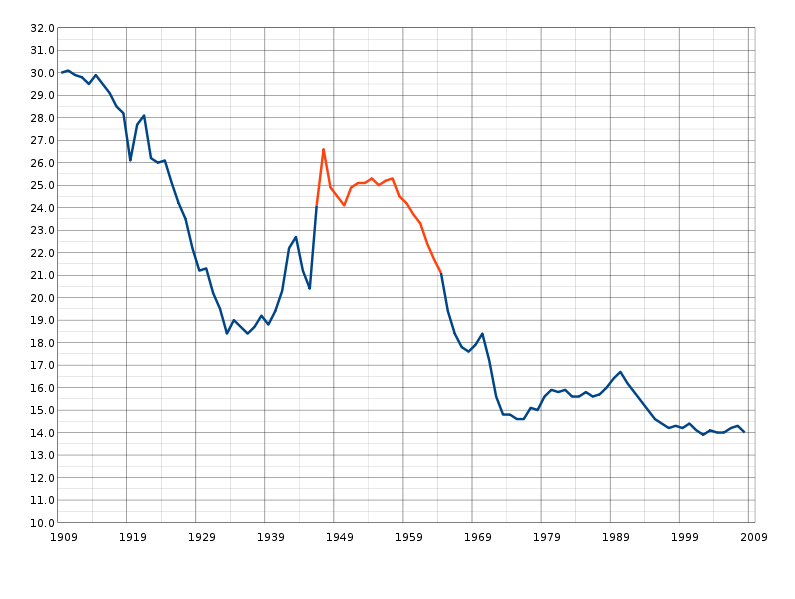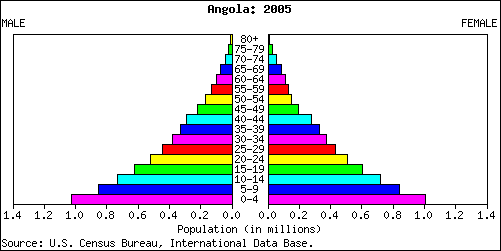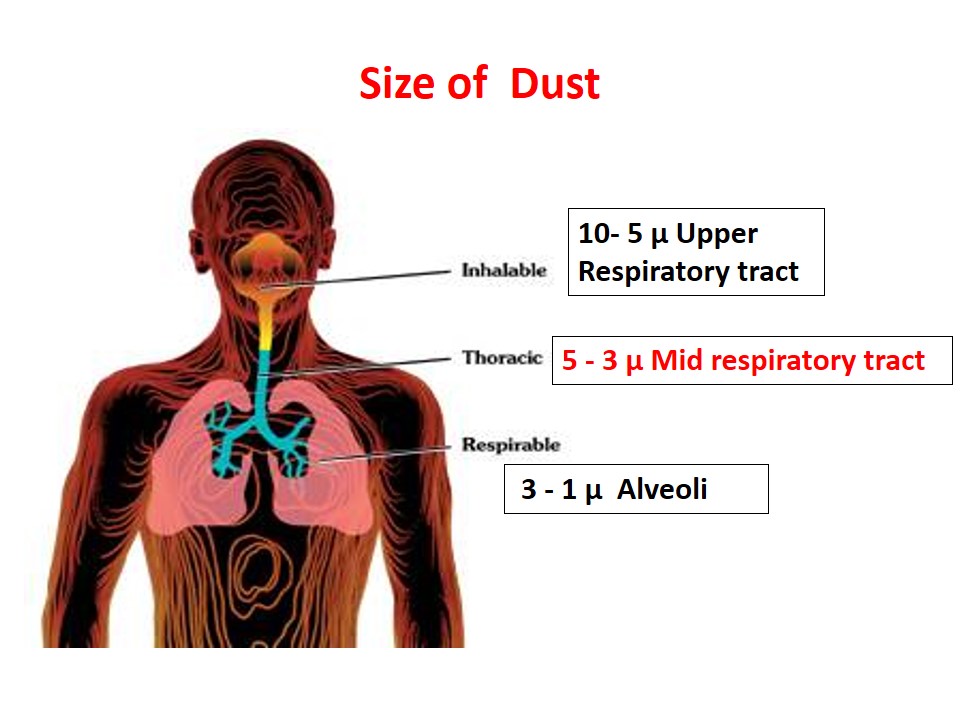Disease control involves:
- Surveillance
- Eradication
- Control
- Quarantine
- Segregation
- Isolation
- Disinfection
- Sterilization
Surveillance:
Surveillance of disease is the continuous scrutiny of all aspects of occurrence and spread of disease / other condition of ill health that are pertinent to effective control.
Isolation:
As applied to patients, it represents separation for the period of communicability to prevent or limit the direct or indirect transmission of the infectious agent from those infected to those who are susceptible or who may spread the disease to others.
Segregation:
This refers to the separation of a healthy person from an infected person.
Quarantine:
Restriction of the activities of well person or animals who have been exposed to a case of communicable disease during its period of communicability (i.e. contacts) for maximum incubation period to prevent disease transmission during the incubation period, if the infection should occur.
Eradication:
It means ending the transmission of the disease and elimination of reservoirs of infection, in a campaign limited in time and carried out to such a degree of perfection that when it comes to an end, there is no resumption of transmission.
Control:
It means to reduce the prevalence of the disease to such a low level that it no longer remains a big public health problem.
Disinfection:
It refers to the destruction of the pathogenic micro- organisms.
Sterilization:
It refers to the destruction of pathogenic as well as non-pathogenic microorganisms and it includes destruction of spores also.
Summary of disease transmission and control
a. Chain of infection
1. Infectious agent
An organism (viruses, rickettsia, bacteria, fungus, protozoa or helminthes) that is capable of producing infection or infectious disease.
2. Reservoir / source of infection
3. Exit of infectious agent
Avenues of escape are:
- Respiratory tract-droplet nuclei (continuous emission)
- Intestinal tract-discharge of feces (discontinuous emission)
- Urinary tract.
- Open wounds (escape from the lesions on to clothes)
- Mechanical escape (biting or sucking insects e.g. malaria spread by mosquitoes)
- Contact (close physical contact)
4. Transmission (mode) of infection
a) Direct transmission (person to person)
b) Indirect transmission (requires a vehicle)
Classification of vehicle:
a) Animate refers to as vectors e.g. housefly, flea. Mosquito.
b) Inanimate-water, milk, food, air soil and fomites (e.g. clothes, door knobs, money etc.), blood transfusion.
5. Entry into a new host
Portals of entry are:
• Respiratory tract- contaminated food or drink.
• Gastro-intestinal tract- contaminated food or drink.
• Direct infection of membranes e.g. diphtheria, venereal diseases.
• Percutaneous infection passage through skin via bite, for rabies and malaria, direct penetration by infectious agent e.g. schistosomiasis, hookworm.
6. Host susceptibility
A person or animal presumably not possessing sufficient resistance against a particular pathogenic agent to prevent contracting infection or disease if or when exposed to the agent.
b. Chain of control
1. Notification
It means the immediate intimation of the occurrence of every case of infectious disease to the healthy officers.
2. Early diagnosis
The first step in the control of a communicable disease is its rapid identification for:
a) The treatment of patients
b) For epidemiological investigations
c) To study the time, place and person distribution.
3. Isolation
Separation for the period of communicability of infected person or animals from others in such places and in such conditions as to prevent or limit the direct or indirect transmission of infectious agent from those infected to those who are susceptible or who may spread the agent to others.
4. Destruction of infecting agent (disinfection)
Destruction of pathogenic microorganism is called disinfection.
5. Investigation of an attack of illness
Broadly the investigation covers the identification of the source of infection and of the factors influencing its spread in the community.
6. Immunization
Increasing the resistance of the susceptible host.
7. Health education
Health education is the process by which individuals and groups of people learn to behave in a manner conducive to the promotion, maintenance or restoration of health.
 howMed Know Yourself
howMed Know Yourself




